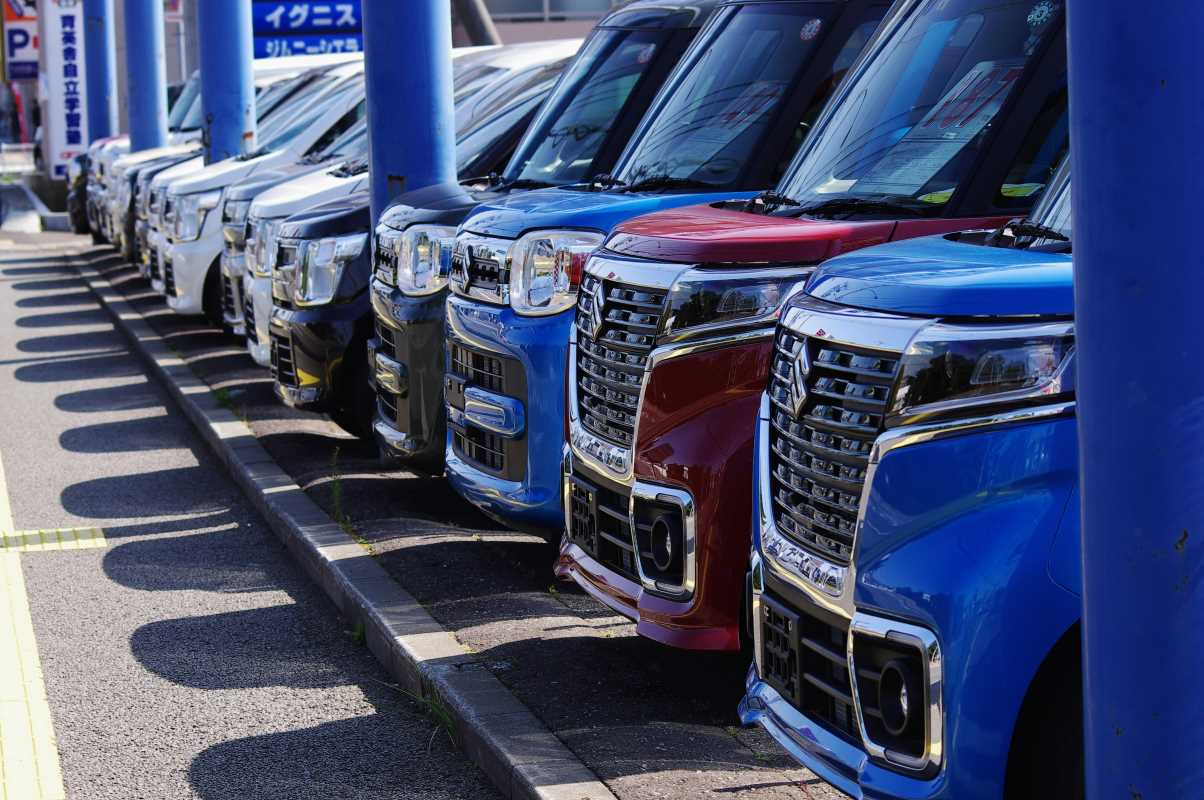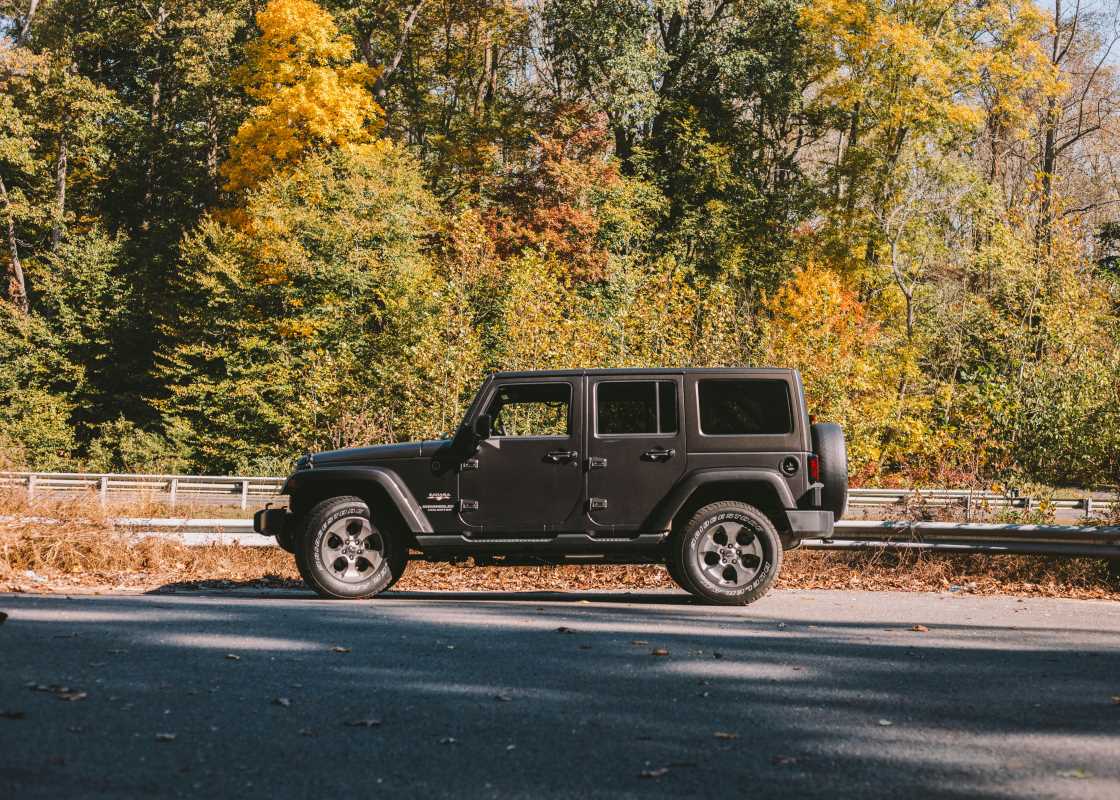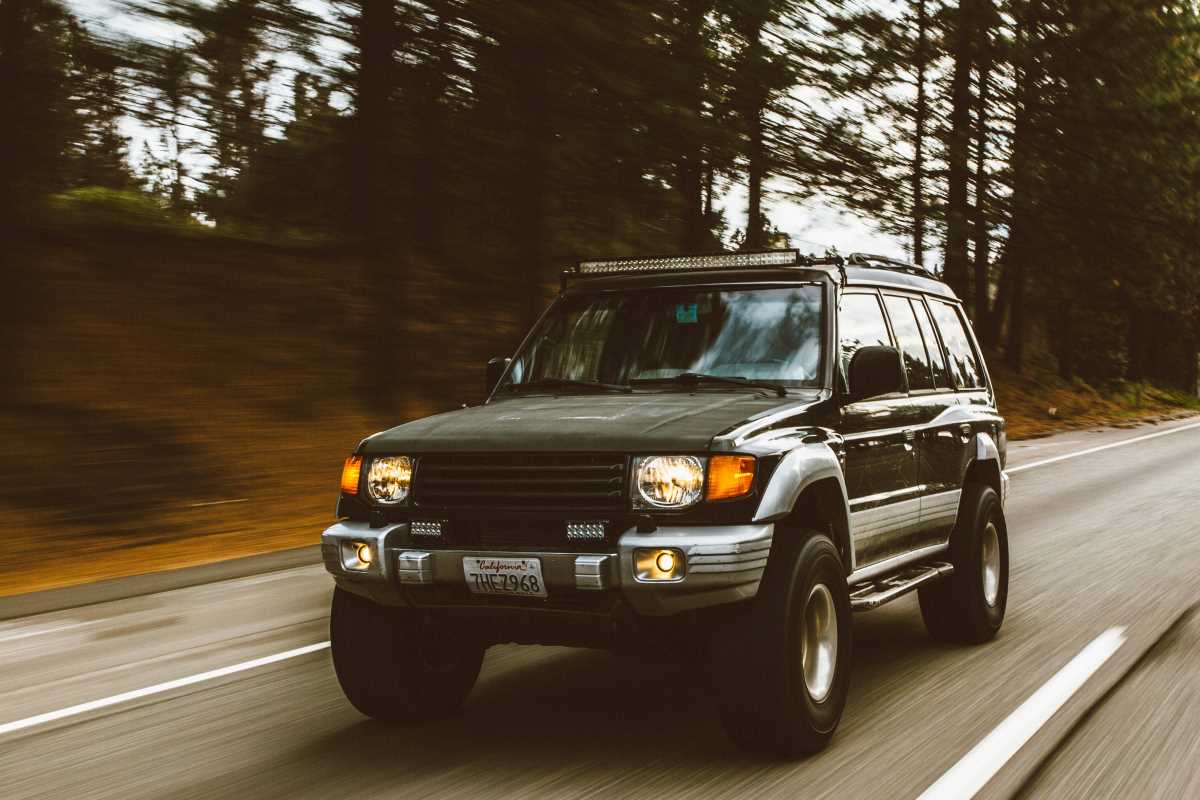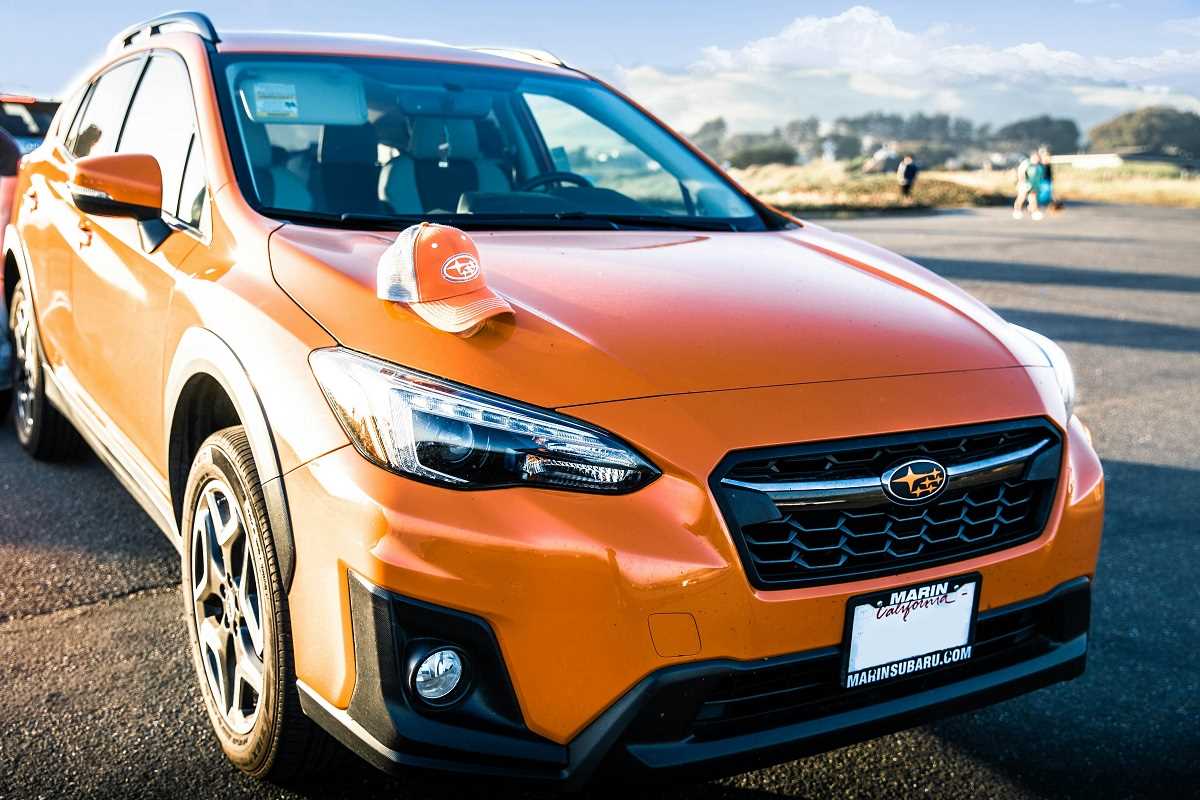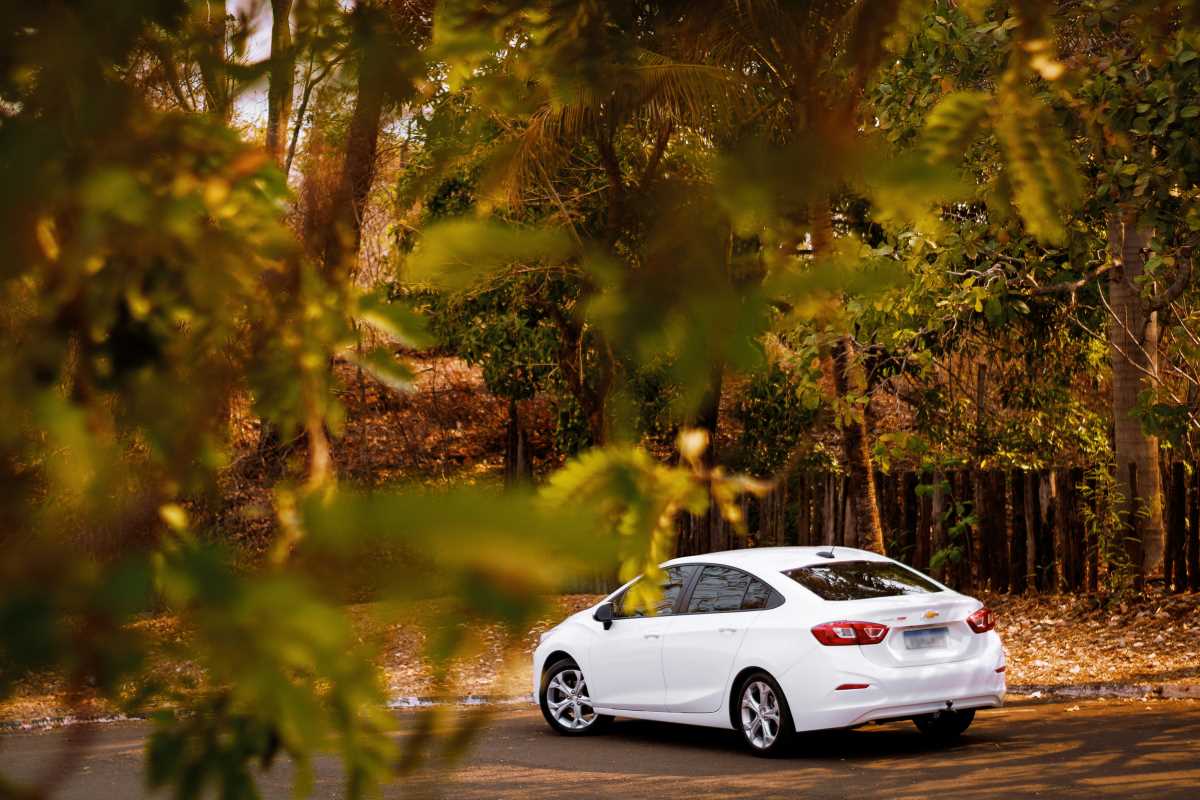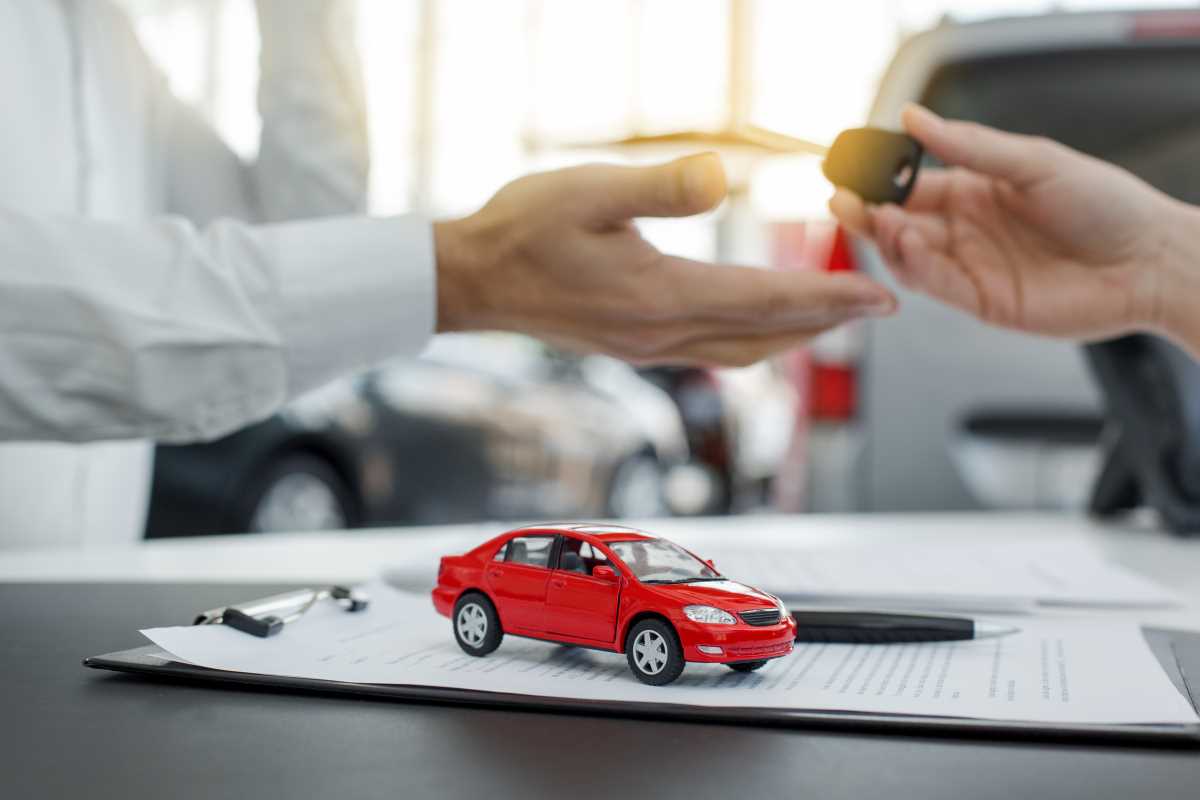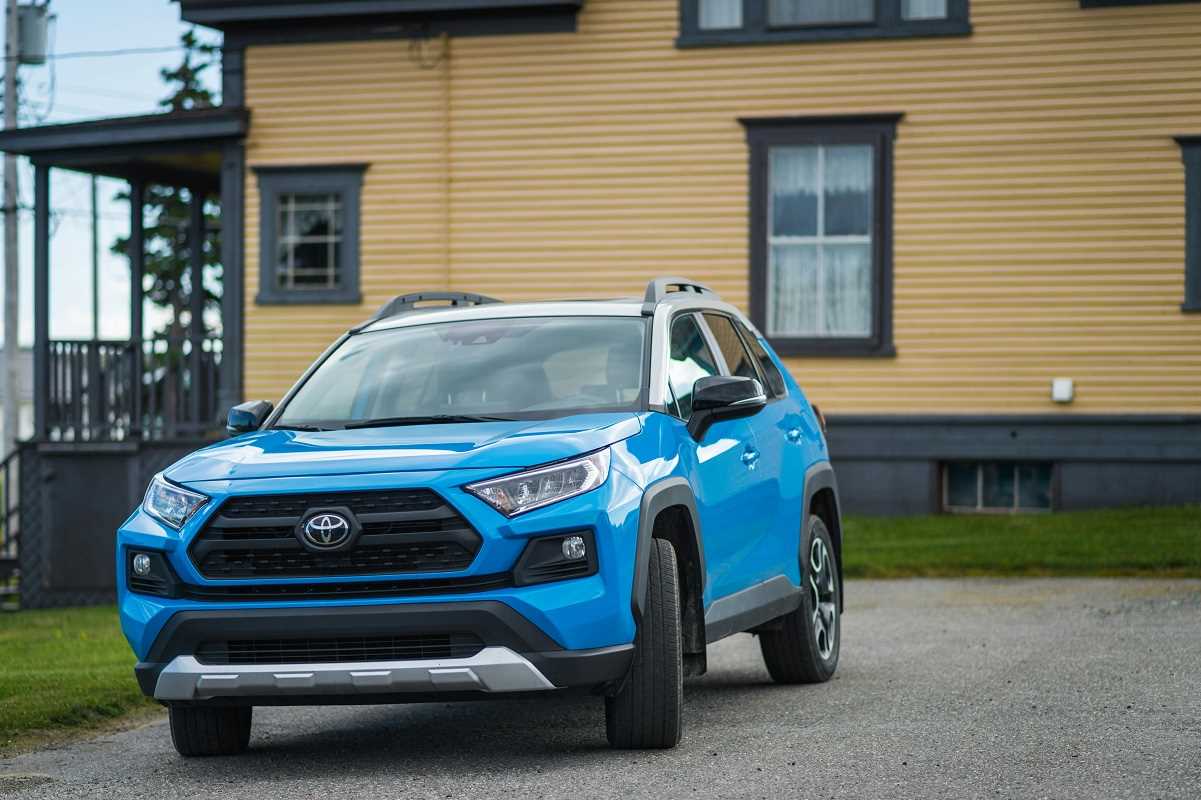Long road trips can be exciting. Maybe you’re heading to a new city, visiting family, or exploring the countryside. The drive itself often becomes a significant part of the adventure. But gas prices can pile up quickly, and spending more than you need on fuel can cut into your travel budget. Luckily, with a few practical strategies, you can save a lot on gas while still enjoying the open road. Thoughtful planning, smarter driving habits, and maintaining your car in peak condition offer plenty of ways to reduce costs and make your trip more wallet-friendly. Here’s a guide to help you maximize fuel efficiency on your next long drive.
Plan Your Route for Maximum Efficiency
Before you even start your engine, a little planning can lead to big savings. Mapping out your trip ahead of time helps you avoid getting lost and can help you avoid wasting gas. Here’s how:
Choose the Shortest or Most Direct Route
Use GPS apps like Google Maps or Waze to plot the shortest path to your destination. Short distances mean you burn less gas even if you’re not in a rush. Of course, try to balance distance with good road quality. A smooth highway drive is more fuel-efficient than starting and stopping on slower city streets.
Avoid Traffic Whenever Possible
Stop-and-go traffic is one of the quickest ways to waste gas. Apps like Waze and Apple Maps provide real-time traffic updates and suggest alternative routes to help you avoid congestion. Leaving early in the morning or later at night can also help you sidestep rush-hour jams.
Think About Terrain
Mountainous roads or steep city streets can use more gas because your engine works harder when climbing hills. Look for a flatter route and consider taking that instead, even if it’s slightly longer.
Keep Your Vehicle in Top Shape
Your car's condition directly affects how much gas it uses. Simple maintenance steps can go a long way for fuel economy, and it keeps your car running efficiently.
- Check Your Tire Pressure: Use a tire pressure gauge to make sure your tires are inflated to the recommended level. This information in your car's manual or on a sticker inside the driver’s door. Properly inflated tires can improve gas mileage by up to 3%.
- Change Your Oil and Air Filter: An engine with fresh oil runs smoothly and uses less energy. Similarly, a clean air filter allows air to flow freely to the engine, boosting efficiency. If you're overdue for either of these, take care of them before your trip.
- Stick to a Maintenance Schedule: Regular tune-ups can catch potential problems before they ruin your mileage. Replacing spark plugs, checking for leaks, or fixing a misfiring engine can help maintain fuel efficiency.
Adjust Your Driving Habits
Even the way you drive can impact how much fuel your car uses. Small tweaks to your habits behind the wheel can lead to noticeable savings over a long trip.
Drive at a Steady Speed
Constantly speeding up and slowing down uses more gas than coasting. Use cruise control as much as possible, especially on the freeway. Most cars hit their sweet spot for fuel efficiency between 50 to 60 mph, so stick to that range if you can.
Avoid Rapid Acceleration and Braking
Flooring the gas pedal might feel fun, but it’s terrible for fuel economy. Accelerate gently and brake smoothly whenever possible. Sudden stops and starts require your engine to use extra fuel, so try to anticipate traffic flow and leave plenty of space between you and the car ahead.
Turn Off the Engine When Stopped
Idling wastes gas, plain and simple. Turn off the engine instead of letting it run when you stop in place for a while. Many newer cars already have start-stop systems that do this automatically, so you might not need to worry about it.
Limit Air Conditioner Use
Using the AC puts extra load on your engine and uses more gas. On mild days, consider rolling down the windows instead. That being said, open windows can create drag at high speeds (like on the freeway), so in those cases, use the AC sparingly and set it to a moderate temperature.
Use Technology to Your Advantage
Sure, smartphones can take photos or play music, but they can do so much more. They can also help you save on gas in clever ways. Here are some useful apps and features:
- Find the Cheapest Gas: Apps like GasBuddy or GasGuru show you nearby gas stations and their current prices. This way, you can fill up at the most affordable spot without driving out of your way.
- Track Your Fuel Efficiency: Monitor your gas usage using apps like Fuelly or a fuel-tracking feature in your car’s onboard system. These tools can help identify inefficiencies, such as sudden drops in mileage, that could indicate maintenance issues or poor driving habits.
- Navigation Tools That Prioritize Fuel Efficiency: GPS apps often allow you to select routes optimized for better mileage. They consider factors like traffic, speed limits, and terrain to help you drive more efficiently.
- Fuel Rewards Programs: Many gas station chains offer loyalty apps that give you discounts, cashback, or reward points on purchases.
Consider When and Where You Fill Up
Believe it or not, the time and place you buy gas can also impact how much you spend. Gas prices tend to rise on weekends when more people hit the road. Try filling up on a Monday or Tuesday instead. Avoid gas stations right off the highway. Gas stations right off the highway usually charge more because of convenience. Drive a mile or two into town, and you’ll likely find a cheaper option.
Bonus Tips for the Most Savings
If you want to go the extra mile (literally and figuratively), consider these bonus tips:
- Carpool: Splitting the gas bill with companions can make a long trip much cheaper. Plus, it’s a great way to share driving duties and reduce your overall environmental impact.
- Pack Snacks and Drinks: While this doesn’t directly save gas, it saves you from pulling off the road for frequent snack stops, which can waste time and fuel.
- Plan Rest Stops Wisely: Combine refueling, bathroom breaks, and food stops so you don’t stop multiple times along the way.
Combining these strategies, and you'll save money on gas, making your long drive smoother and less stressful. With a little effort and attention to detail, you can travel farther without emptying your wallet.
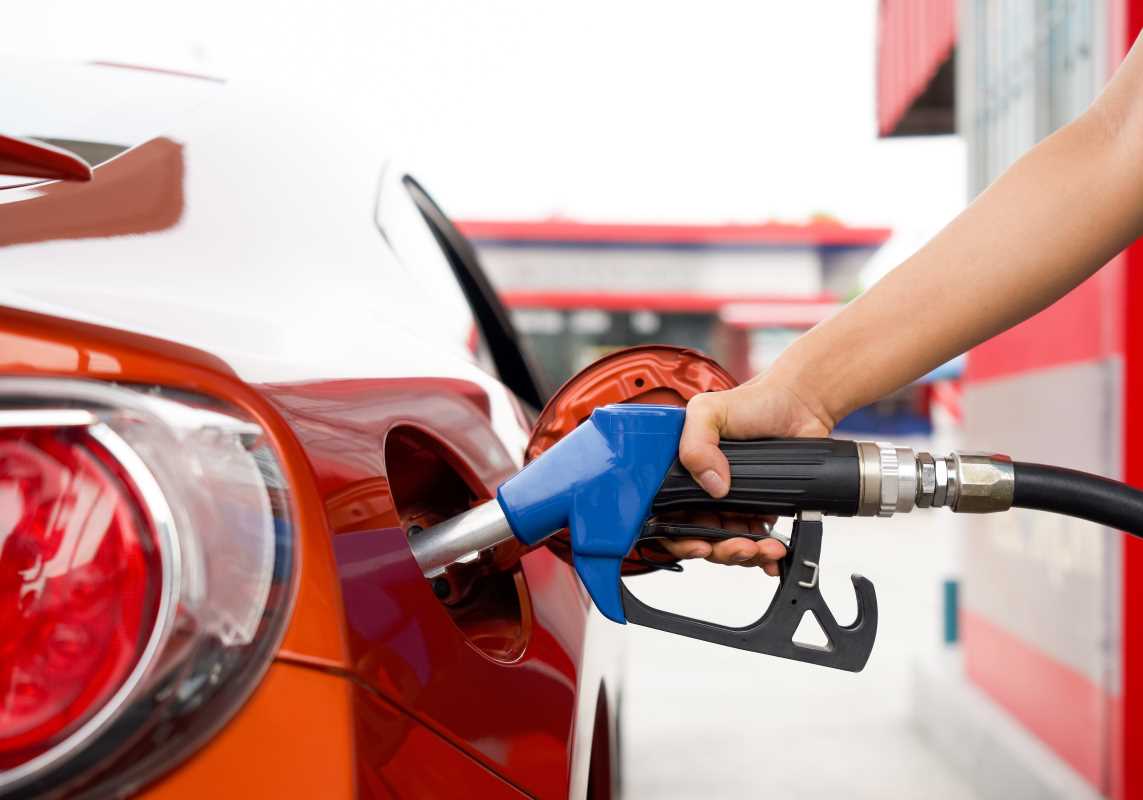 (Image via
(Image via